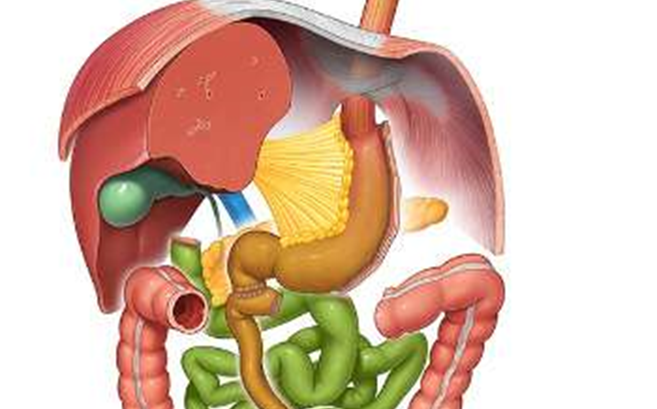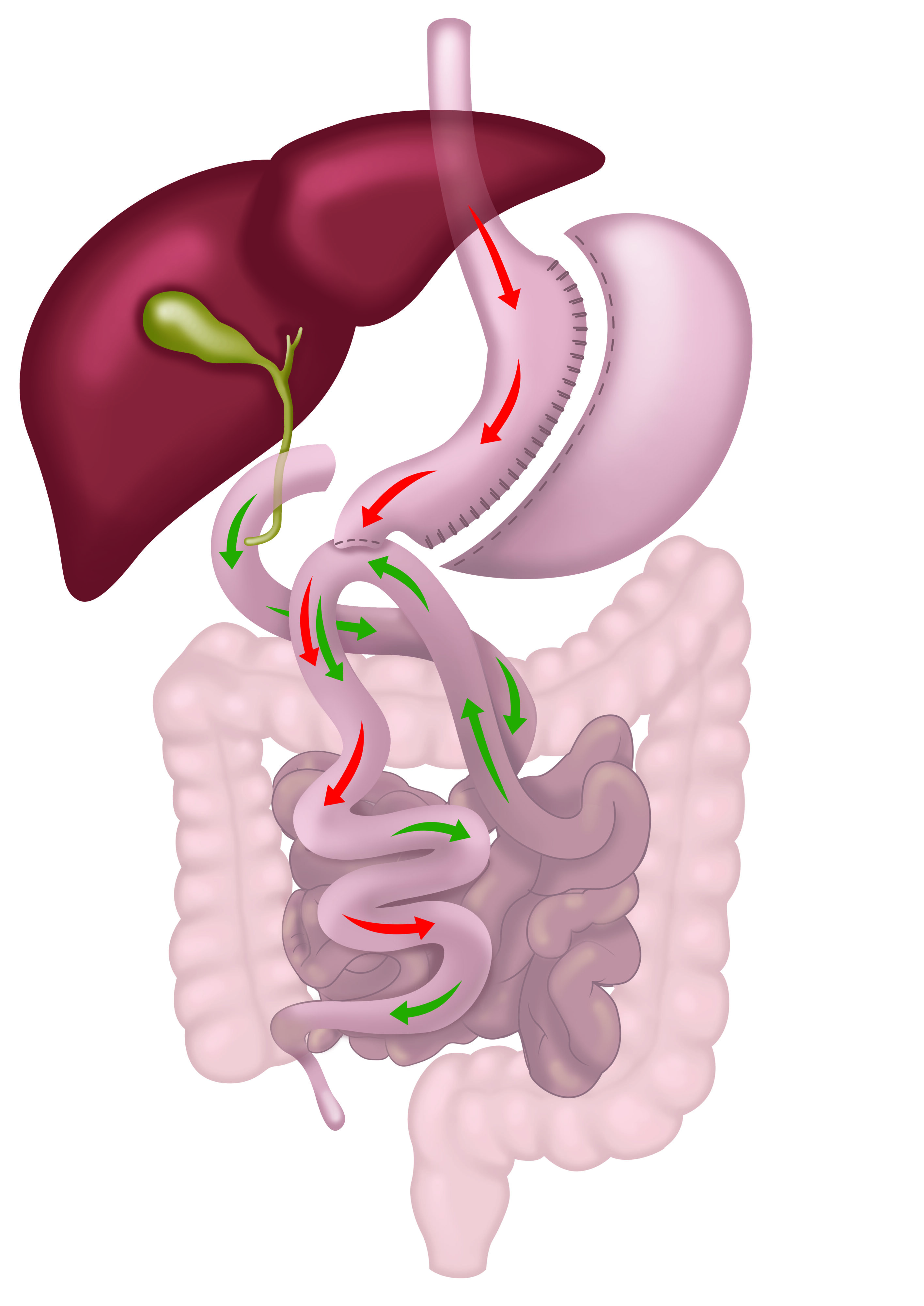
Single Anastomosis Duodeno-ileal with Sleeve Gastrectomy
Single Anastomosis Duodeno-ileal with Sleeve Gastrectomy also known as SADI-S, is a recent and very promising technique It is a good option for patients with severe obesity, either as primary surgery or as a revisional procedure after failure of a sleeve gastrectomy.
It differs from de BPD/DS (see Biliopancreatic Diversion with Duodenal Switch) only by a connection (the one that deviates bile juice), however the most challenging, turning into a much easier technique. In contrast to OAGB (that also has no deviation of the bile juice), pylorus preservation prevents bile reflux and control gastric emptying, providing less related complications. The total intestinal absorptive area is like BPD/DS, though the mixture of food with bile juice occurs earlier in the alimentary tract causing less malabsorption in theory.

Source: Medtronic
As in BPD/DS It also consists of two steps, being the first one a SG (see Sleeve Gastrectomy) and the second the connection of the duodenum to the last 250 to 300 cm of the small bowel. These anatomical changes decrease oral intake and reduce the absorption of the nutrients and calories eaten.
In the clinical practice, long-term data is lacking, but short and mid-term data shows no significant differences between SADI-S and BPD/DS in terms of weight loss, comorbidities resolution and safety.
Close medical monitoring is needed to avoid side effects and nutritional deficiencies.
